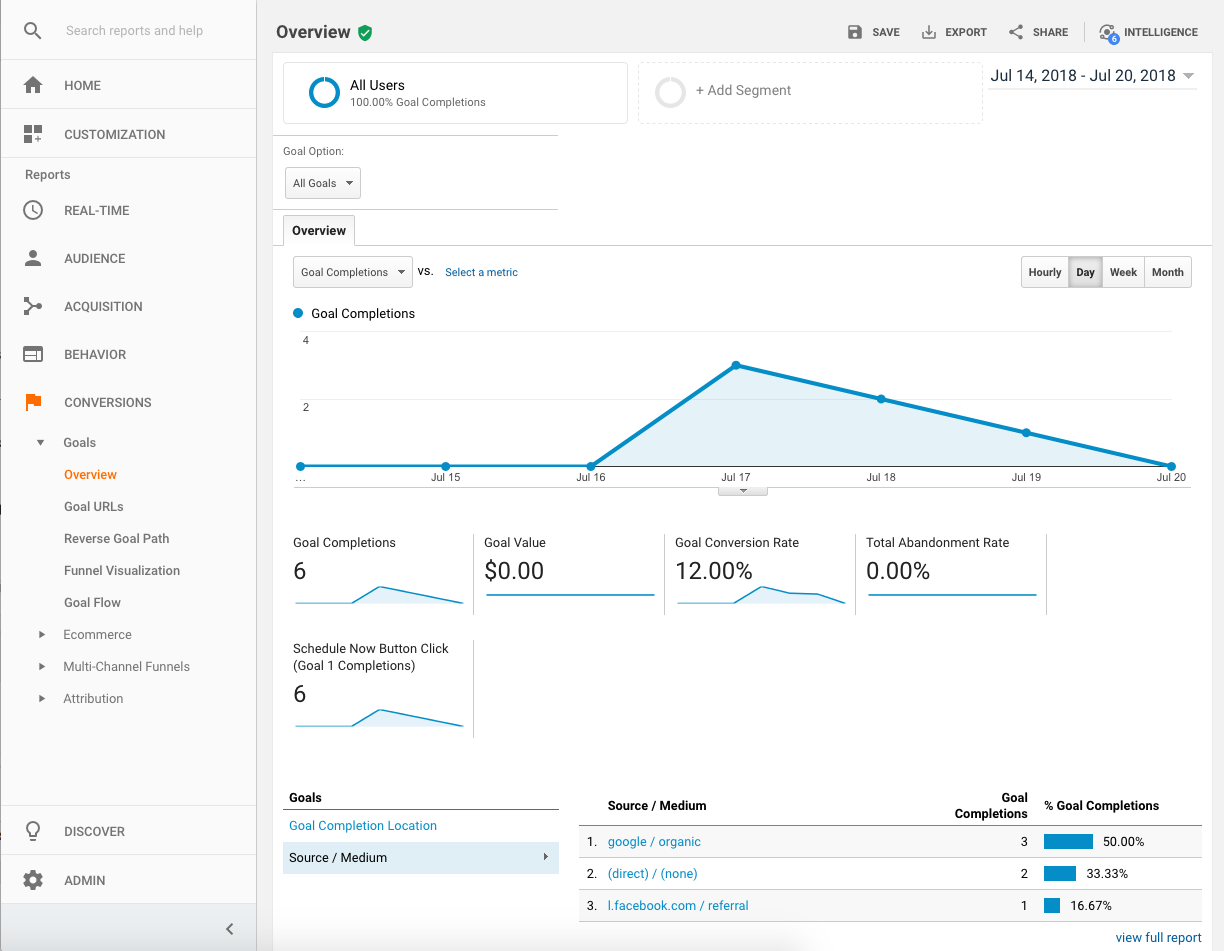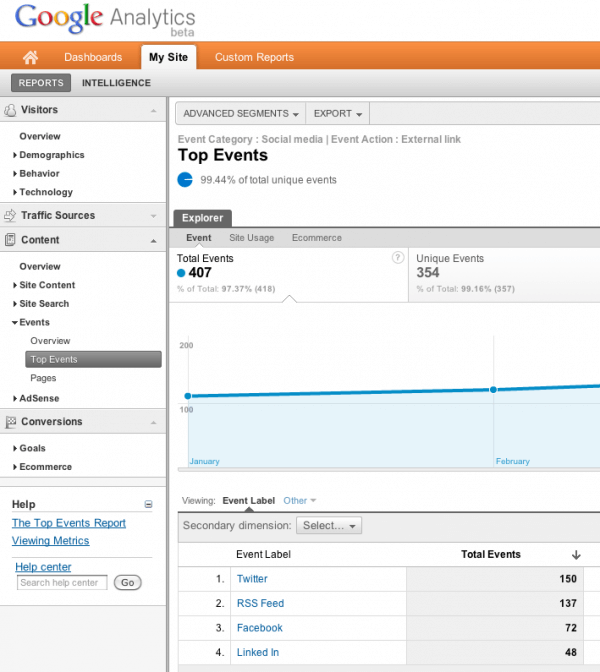What Data Is Google Analytics Goals Unable to Track: Vital Details
What Data Is Google Analytics Goals Unable to Track: Vital Details
Blog Article
Discover the Limitations of Google Analytics Goals: Revealing the Data Kind That Remain Untrackable
As organizations significantly rely upon data-driven decision-making, understanding the constraints of devices like Google Analytics ends up being critical. While Google Analytics Goals offer valuable understandings right into customer communications, there exist data kinds that elude tracking, posturing difficulties to an extensive understanding of individual actions. These untrackable data kinds increase concerns concerning the accuracy and efficiency of the analytics information that organizations heavily trust for their electronic methods. Curious to reveal the concealed unseen areas in your data evaluation process?
Insufficient Customer Trip Tracking
Insufficient customer trip monitoring within Google Analytics can hinder the capability to properly assess customer actions. When the customer trip is not totally tracked, there are voids in the data that avoid an extensive understanding of exactly how users engage with a web site. This lack of insight can cause missed possibilities for optimization and improvements to the individual experience.
One common issue with insufficient individual journey tracking is the lack of ability to see the complete path that users take previously completing a goal or leaving the website. Without this info, it is challenging to identify where users may be coming across obstacles or rubbing points that avoid them from converting. In addition, insufficient tracking can obscure the influence of particular advertising efforts or site modifications on user actions.
To address this constraint, it is important to set up proper monitoring systems within Google Analytics to capture the whole user trip. This may include establishing event tracking, goal funnels, or utilizing devices like Google Tag Supervisor to guarantee that no crucial communications go unrecorded. By getting a thorough view of the customer trip, web site proprietors can make more informed choices to improve customer involvement and drive conversions.
Attribution Challenges
Navigating with acknowledgment challenges in Google Analytics needs a complete understanding of just how various touchpoints add to the overall conversion process. Acknowledgment obstacles develop from the complexity of contemporary client trips, where users engage with multiple networks before converting. Google Analytics offers various attribution models like initial touch, last touch, and straight, each providing a different point of view on just how credit score is designated to touchpoints along the conversion path. These versions might not constantly precisely mirror the true impact of each touchpoint on the conversion.
One typical attribution challenge is the trouble in associating conversions to the right source, specifically in situations where users connect with several channels prior to converting. In addition, cross-device tracking presents another acknowledgment challenge, as users usually change between gadgets throughout their trip, making it testing to track their interactions effortlessly.
Offline Conversions
Provided the difficulties connected with attributing conversions precisely in online channels, the dimension of offline conversions presents a substantial possibility for marketing experts seeking a much more detailed understanding of their consumers' journey. Offline conversions describe actions that clients take in the real world, such as making acquisitions in brick-and-mortar shops or over the official source phone, participating in events, or engaging with published products - what data is google analytics goals unable to track. These conversions are important for businesses that operate both online and offline, as they give beneficial insights into the performance of marketing projects throughout numerous touchpoints
Tracking offline conversions commonly positioned a substantial challenge for marketers, as it was challenging to attach these actions back to certain online communications precisely. Nevertheless, with innovations in technology, such as the integration of CRM systems, distinct identifiers, and voucher codes, organizations can currently bridge the void in between online and offline information to obtain a much more alternative sight of consumer actions. By properly gauging offline conversions, marketing experts can enhance their strategies, designate sources a lot more efficiently, and ultimately boost the general client experience.
Cross-Device Monitoring
Cross-device tracking plays a vital function in understanding the interconnected nature of consumers' electronic communications across numerous gadgets. In today's omnichannel world, where users flawlessly change in between tablet computers, desktop computers, and mobile phones, tracking their actions across these gadgets is important for online marketers to obtain an extensive view of their consumer journey.

Moreover, privacy issues and policies such as GDPR and CCPA have even more challenging cross-device tracking. With users requiring even more control over their data and raised limitations on tracking innovations, marketers must find privacy-compliant and cutting-edge methods to link individual communications throughout devices.
Dynamic Content Engagement
Comprehending user interaction with vibrant material is pivotal in maximizing digital advertising techniques for enhanced target market communication. Dynamic material describes internet site elements that transform based upon customer habits, choices, or other factors, supplying a personalized experience. Tracking user communications with dynamic web content poses obstacles for conventional analytics tools like Google Analytics.
While Google Analytics can track fundamental communications like clicks and page views, it may have a hard time to record more nuanced involvements within dynamic material. my site what data is google analytics goals unable to track. Metrics such as time invested on certain dynamic components, float actions, or interactions within pop-ups are often not easily quantifiable utilizing standard monitoring approaches. This restriction prevents marketers' capacity to fully grasp exactly how users are engaging with dynamic content and customize their strategies appropriately

Final Thought
Finally, Google Analytics goals have restrictions in tracking incomplete individual trips, associating conversions properly, recording offline conversions, tracking cross-device communications, and gauging vibrant material engagement. These constraints highlight the significance of checking out extra tracking approaches and devices to acquire a much more extensive understanding of individual habits and conversions past what Google Analytics can give.
While Google Analytics Goals offer valuable insights right into individual interactions, there exist data kinds that elude tracking, posing difficulties to a detailed understanding of user behavior.Insufficient customer journey monitoring within Google Analytics can prevent the capability to accurately analyze individual behavior. When the customer trip is not completely tracked, there are gaps in the information that protect against a thorough click for info understanding of how customers connect with a site.One common issue with incomplete user trip monitoring is the lack of ability to see the full course that users take in the past finishing an objective or leaving the site. By gaining a thorough view of the customer trip, web site owners can make even more informed choices to improve individual interaction and drive conversions.
Report this page